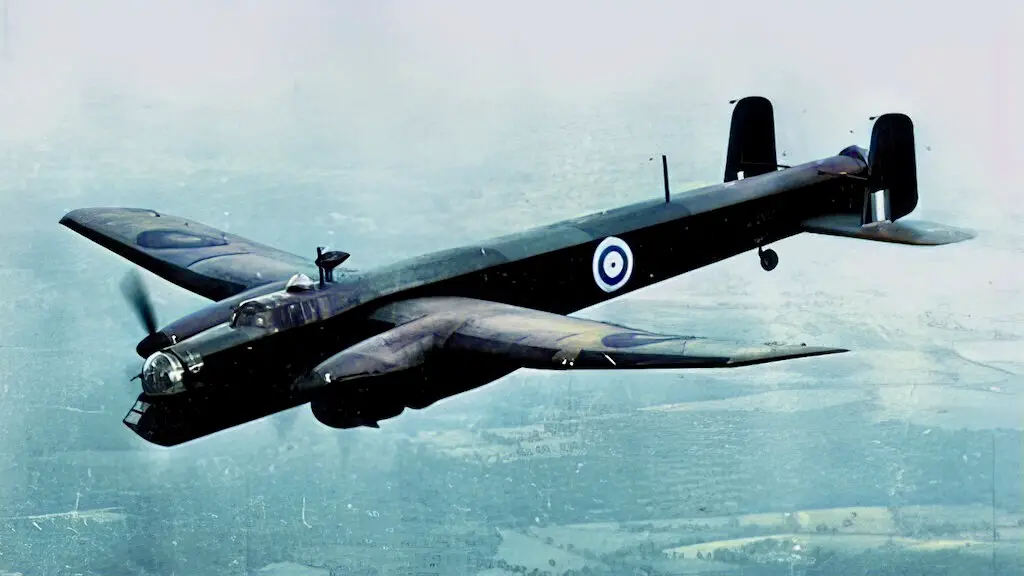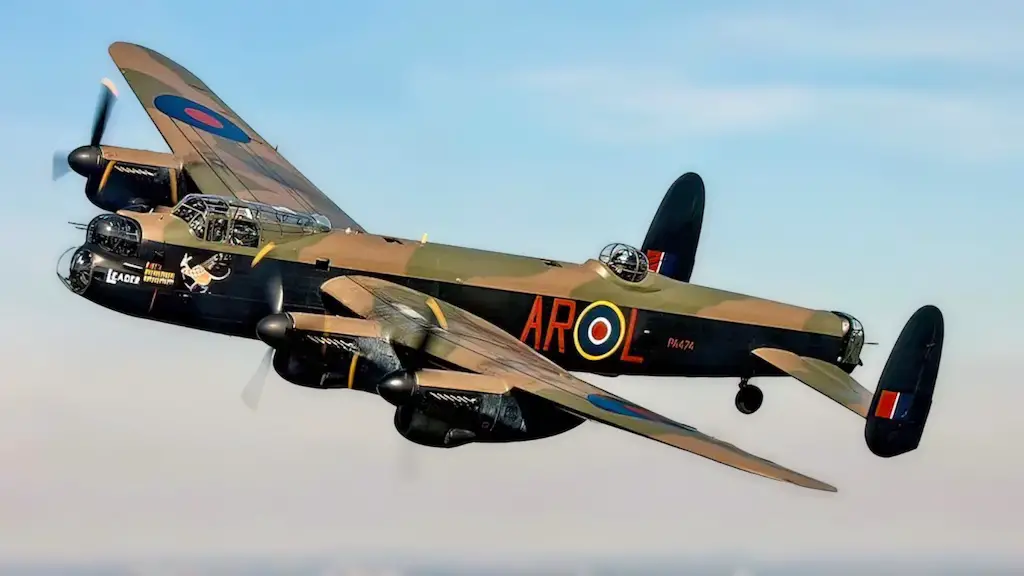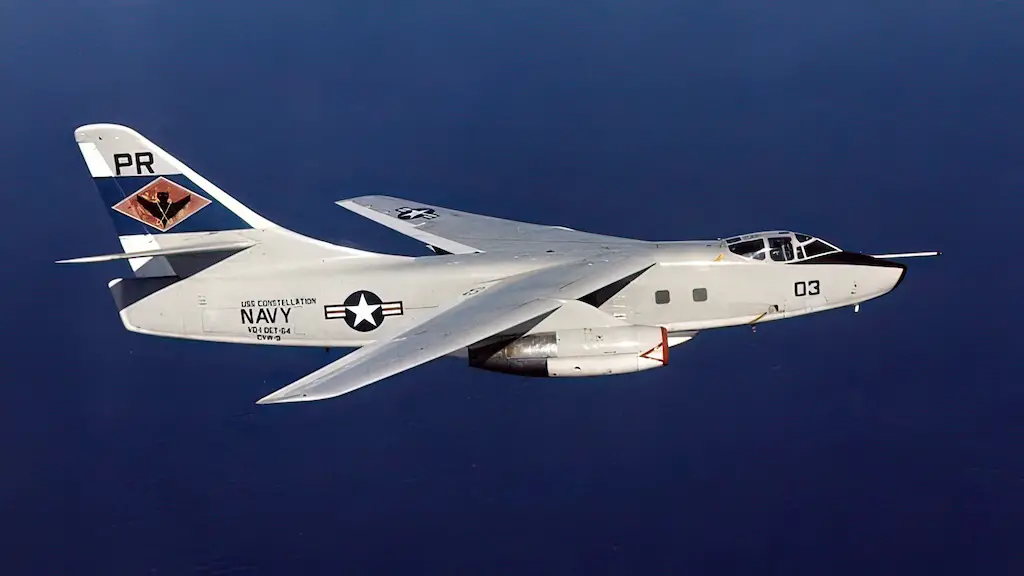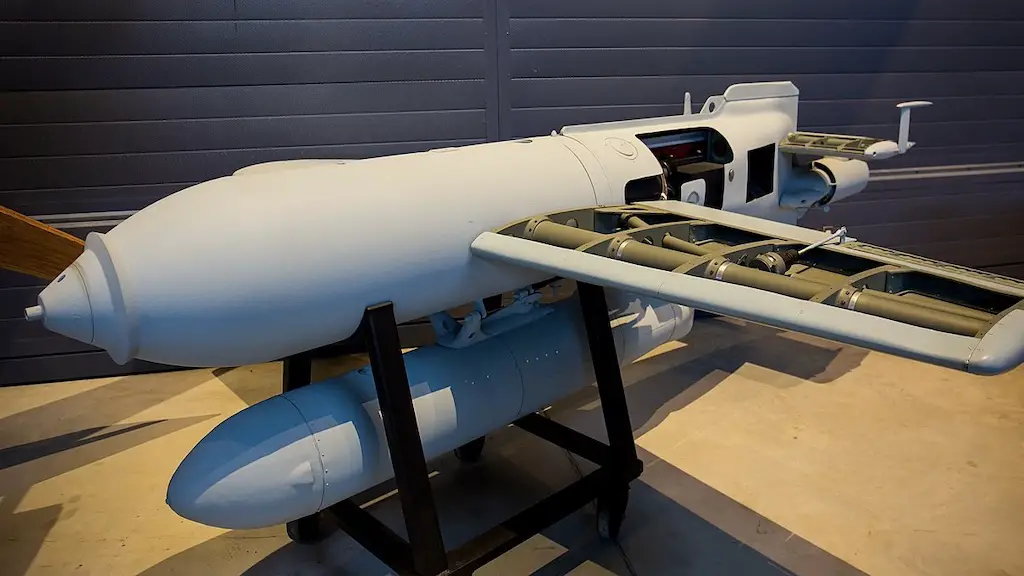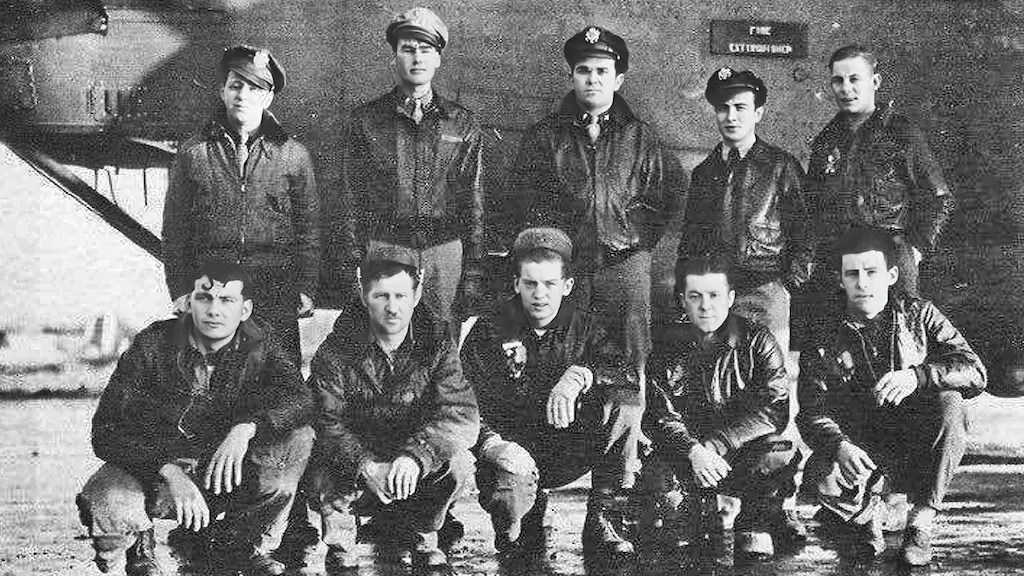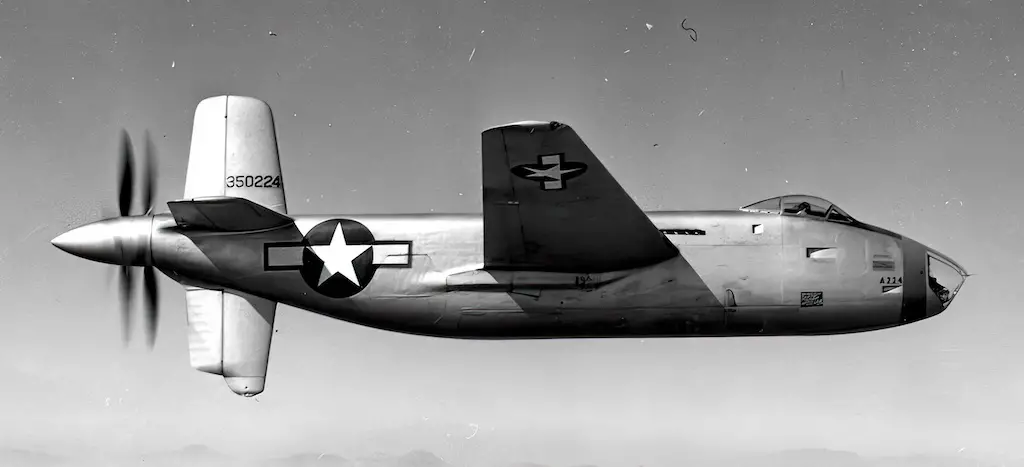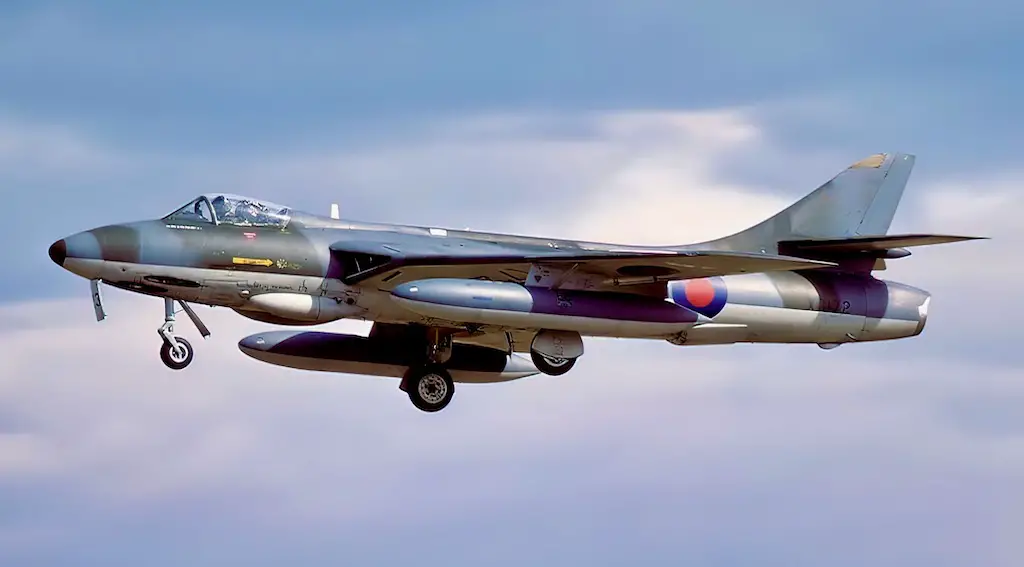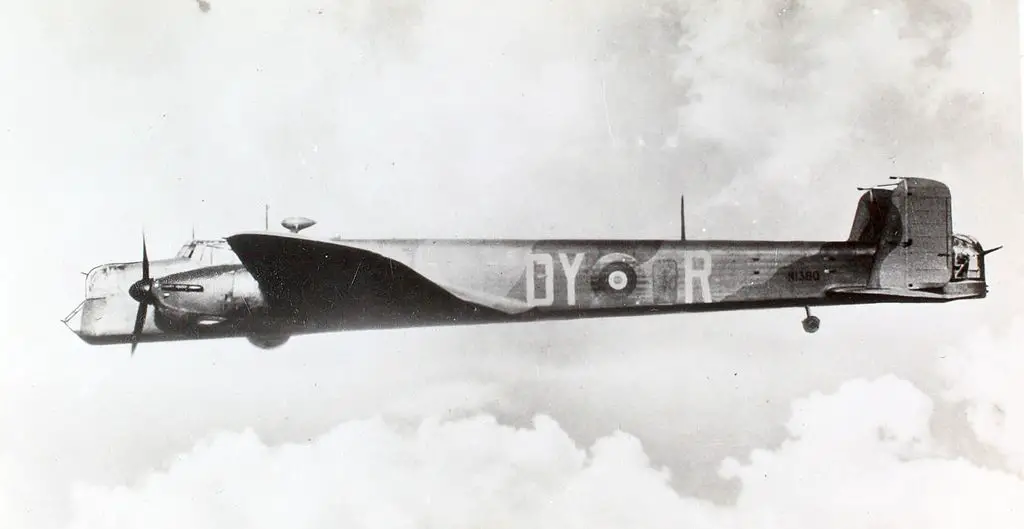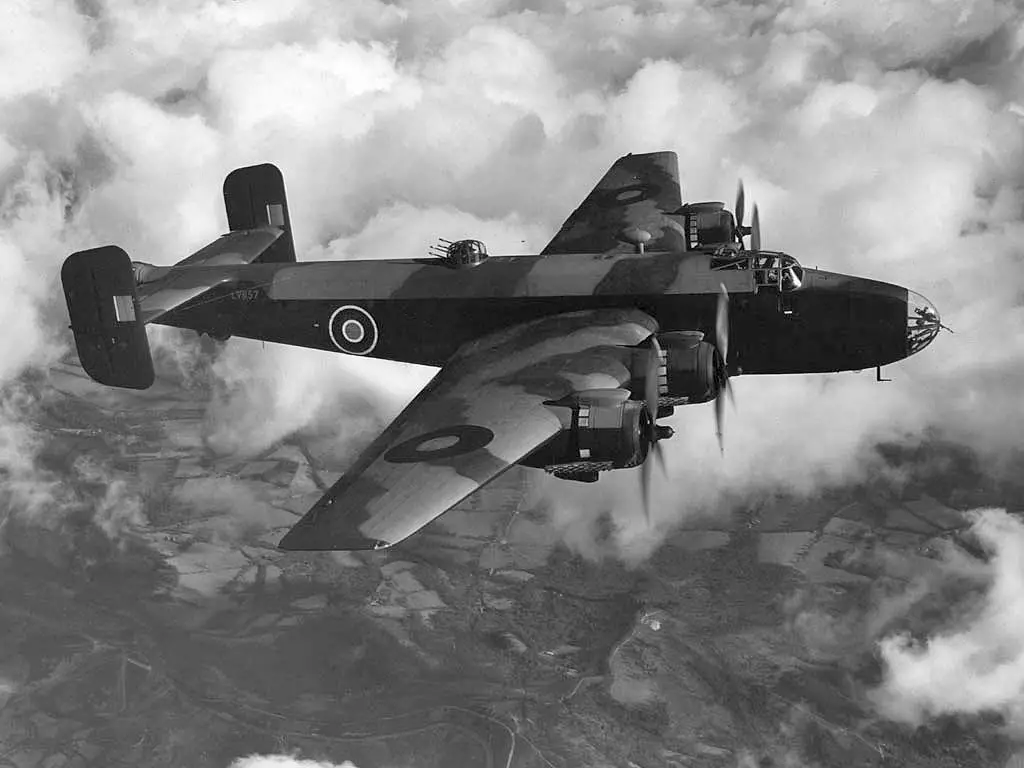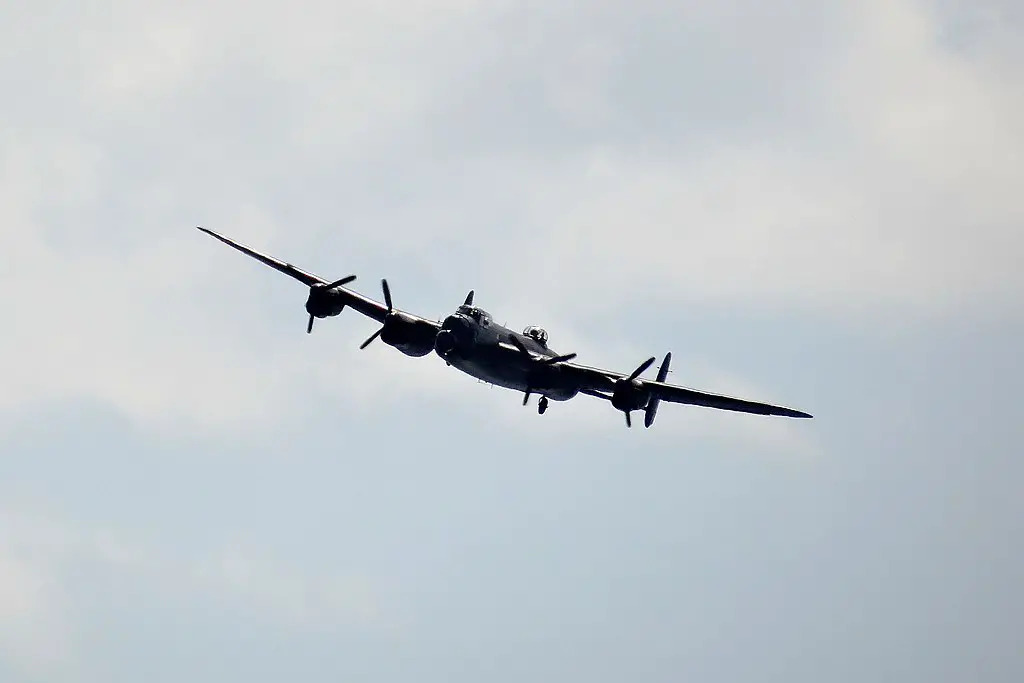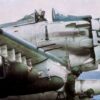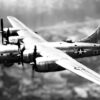The Armstrong Whitworth Whitley was an important aircraft of its time that stood out from other contemporary bombers. The Whitley had a range of over 2,000 miles and could fly for up to 14 hours. This made it perfect for long-distance operations and attacking far-off enemy territories. Moreover, the Whitley was a versatile aircraft that could be used for various purposes such as bombing, spying, and transportation. It was also capable of carrying a wide range of payloads like bombs, torpedoes, mines, and paratroopers.
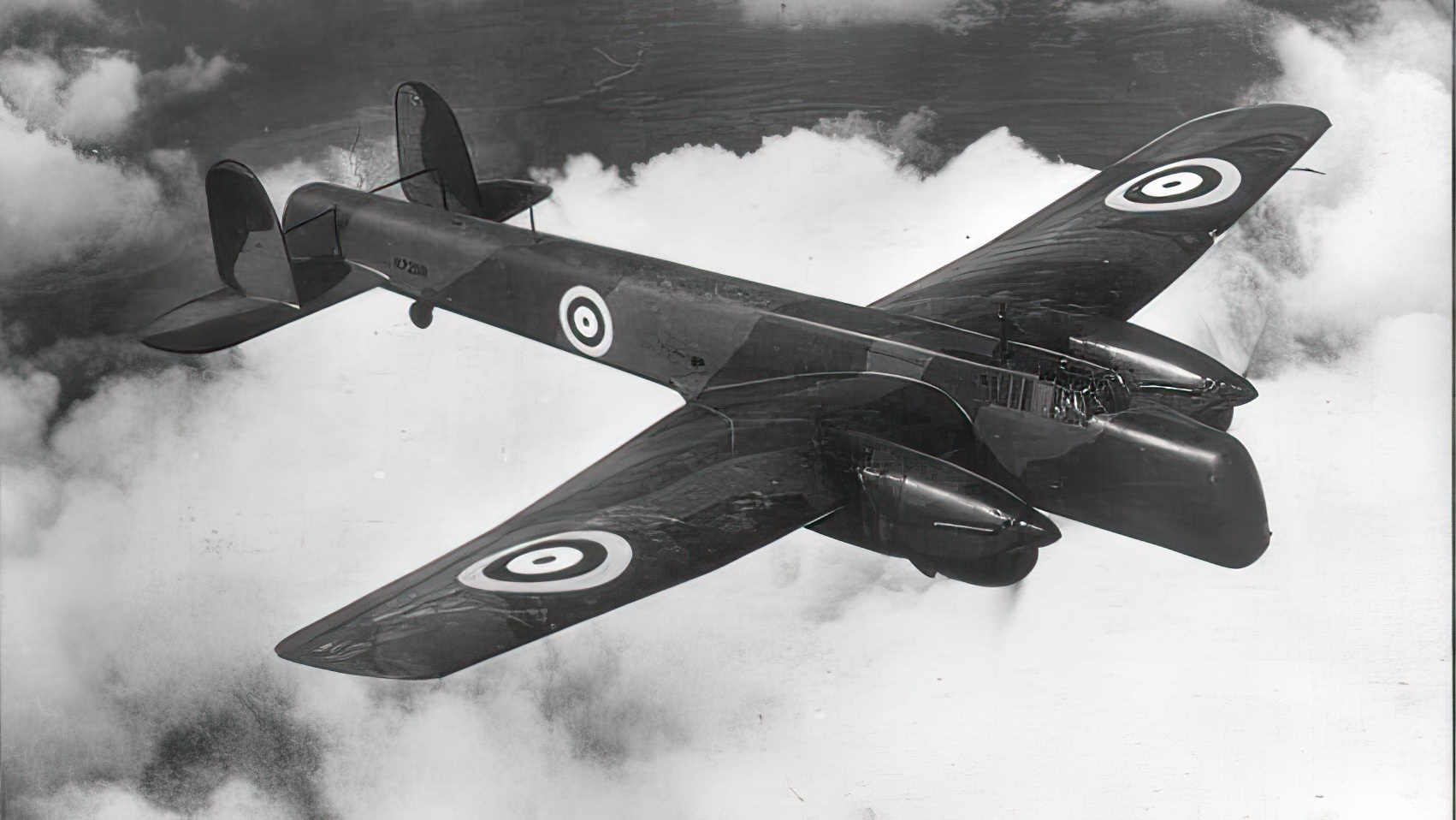
The Whitley had a unique design that featured a streamlined body, geodesic airframe, advanced navigation, and communication equipment that ensured strength and stability during flights. Its operational history was remarkable, especially during the Battle of the Atlantic, where it served in maritime patrols, anti-submarine warfare, and bombing missions. Although newer and more advanced aircraft eventually replaced it, The Armstrong Whitworth Whitley played a crucial part in the early days of World War II, paving the way for future bomber planes.

Development
The Armstrong Whitworth Whitley was created in the mid-1930s as a response to the British Air Ministry’s request for a twin-engine medium bomber. Armstrong Whitworth, an established aircraft manufacturer, designed the Whitley to incorporate several unique features, such as a geodesic airframe and a streamlined fuselage.
The geodesic airframe, originally invented by Barnes Wallis, was a lattice structure that provided durability and resistance to damage without adding extra weight. This, in turn, created a more robust aircraft compared to previous bomber designs. The streamlined fuselage also enhanced the Whitley’s aerodynamics, improving its performance and reducing drag.
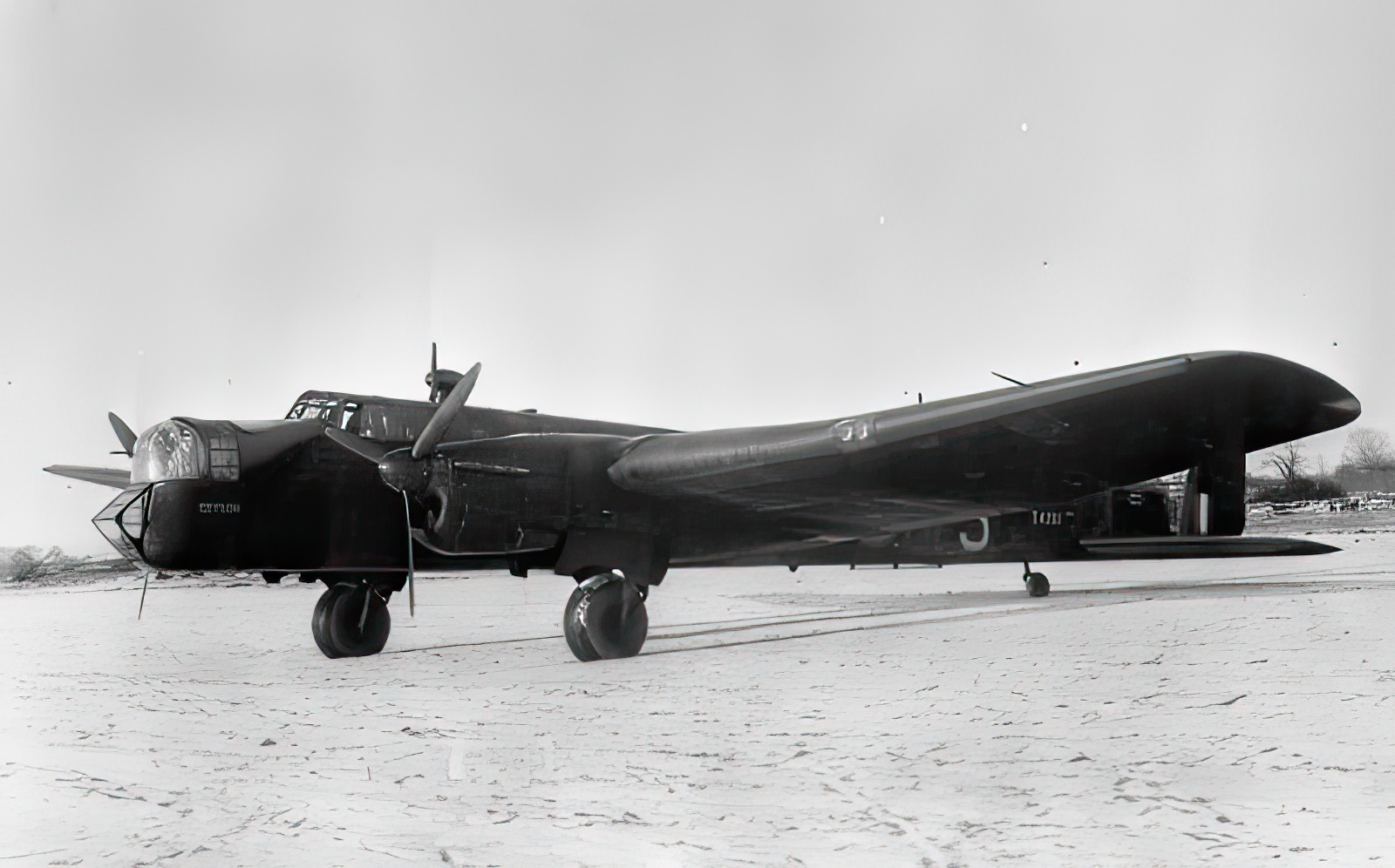
Apart from its innovative design, the Whitley was equipped with advanced navigation and communication equipment, making it an effective bomber and reconnaissance aircraft. It could carry various payloads, including bombs, torpedoes, mines, and paratroopers, and had a range of over 2,000 miles and a maximum speed of 222 mph.
In March 1936, the first prototype of the Whitley took flight, and it was introduced into service with the Royal Air Force a year later. During World War II, the Whitley played a crucial role in maritime patrols, anti-submarine warfare, and bombing raids on enemy targets.
It didn’t age well
While the aircraft performed well enough, it had some drawbacks that hindered its effectiveness in the later stages of the war. One main issue was its lack of speed and maneuverability, which made it challenging to carry out bombing missions deep inside enemy territory without adequate fighter plane escort. As the war progressed, the Whitley became increasingly vulnerable to enemy fighters due to its slower speed compared to newer planes.

The Whitley’s limited bomb load was another weakness. Although it could carry bombs, torpedoes, and mines, its maximum bomb load of 7,000 pounds was relatively small compared to other bombers from that era. Consequently, it was less effective against heavily fortified targets, which reduced its impact on the war effort. Moreover, the Whitley had a high accident rate, particularly in the early years of the war, partly due to its complex geodesic airframe. Maintaining and repairing it in the field could be challenging.
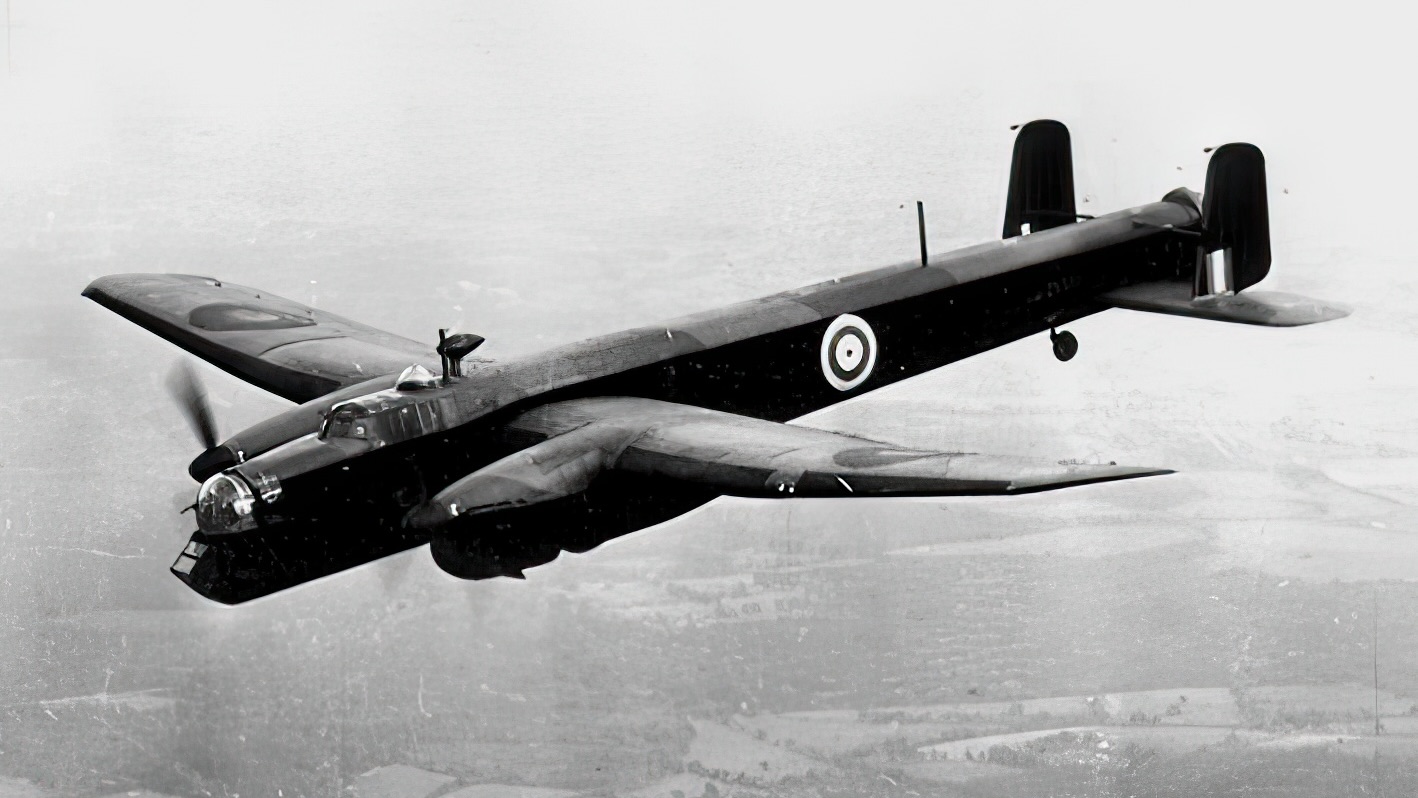
Operation Colossus
In 1941, the Armstrong Whitworth Whitley was involved in a daring raid dubbed Operation Colossus. The goal was to sabotage the Tragino aqueduct, a critical water supply for a hydroelectric power plant in southern Italy. The raid relied on nine Whitley bombers and Horsa gliders, which each carried commandos and explosives.
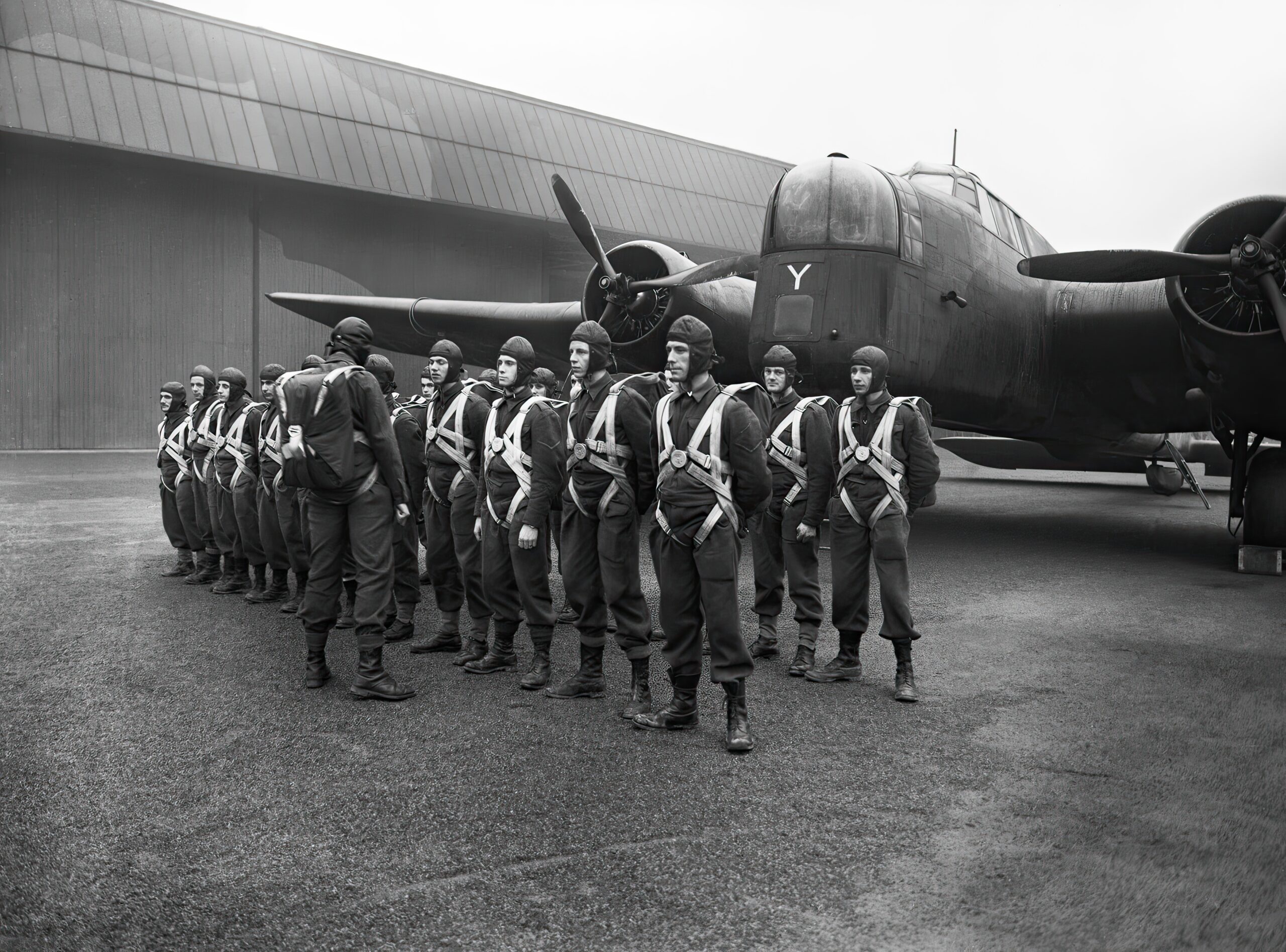
To avoid being detected by German radar and fighters, the Whitleys flew at a low altitude. The gliders were then released over the target area, and the commandos began their attack. Despite facing heavy anti-aircraft fire and damage to some of the gliders, the mission achieved its objectives, severely damaging the aqueduct and disrupting electricity to much of southern Italy.
Operation Colossus was a significant early victory for the Allies and marked the first use of gliders in a British military operation. It also highlighted the bravery and skill of the commandos and pilots involved, as well as the versatility of the Armstrong Whitworth Whitley aircraft. This success paved the way for future British airborne operations, demonstrating the important role that the Whitley played in the early years of World War II.
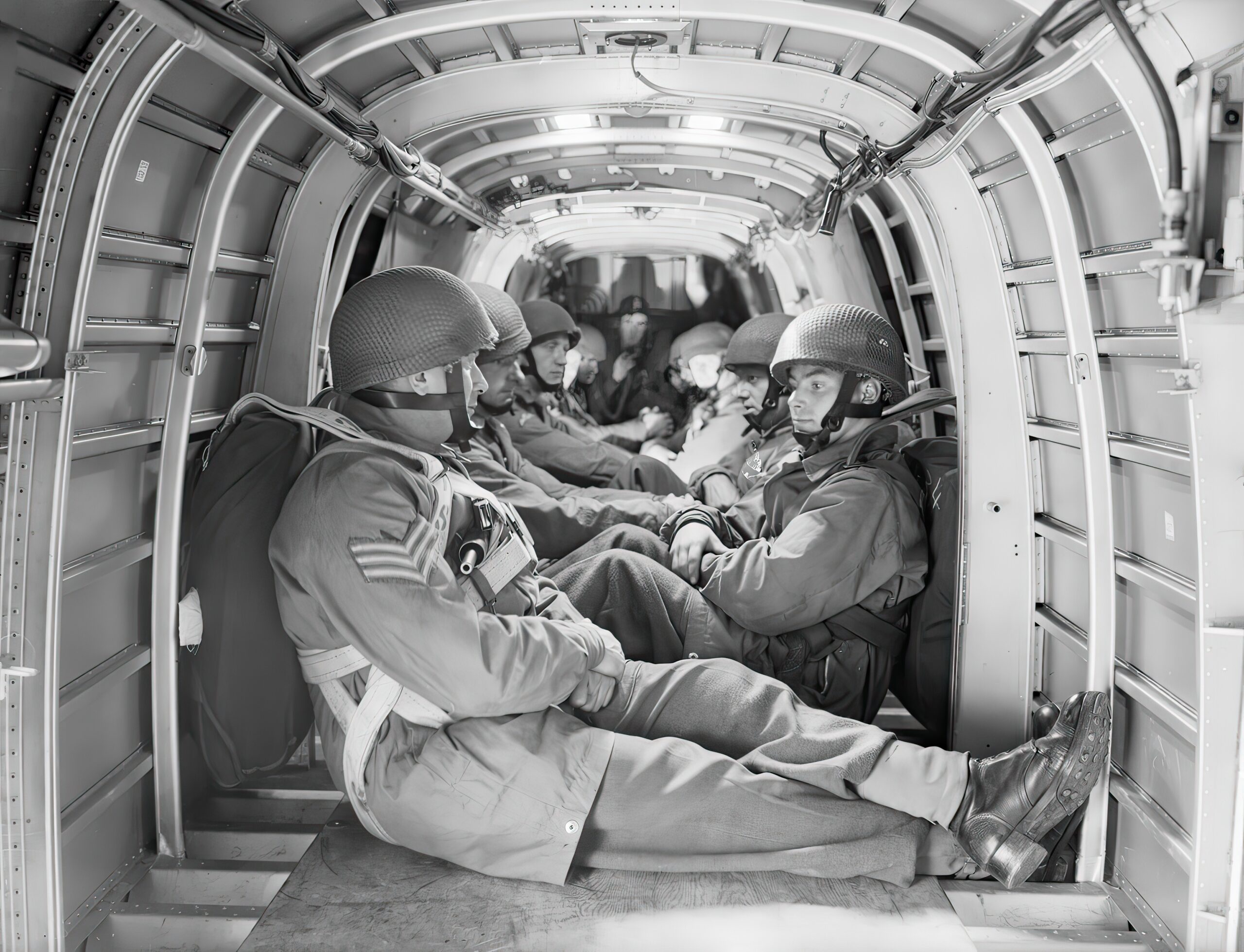
Early Retirement
In 1942, the Royal Air Force (RAF) began phasing out the Armstrong Whitworth Whitley from active service due to the arrival of newer and more advanced bombers. However, it remained in use for secondary roles like transport and training throughout the war. By 1943, the Whitley was mostly replaced by more modern aircraft such as the Handley Page Halifax and the Avro Lancaster. Still, a small number of Whitleys were utilized for special operations like dropping agents and supplies into occupied Europe until the end of the war in 1945.
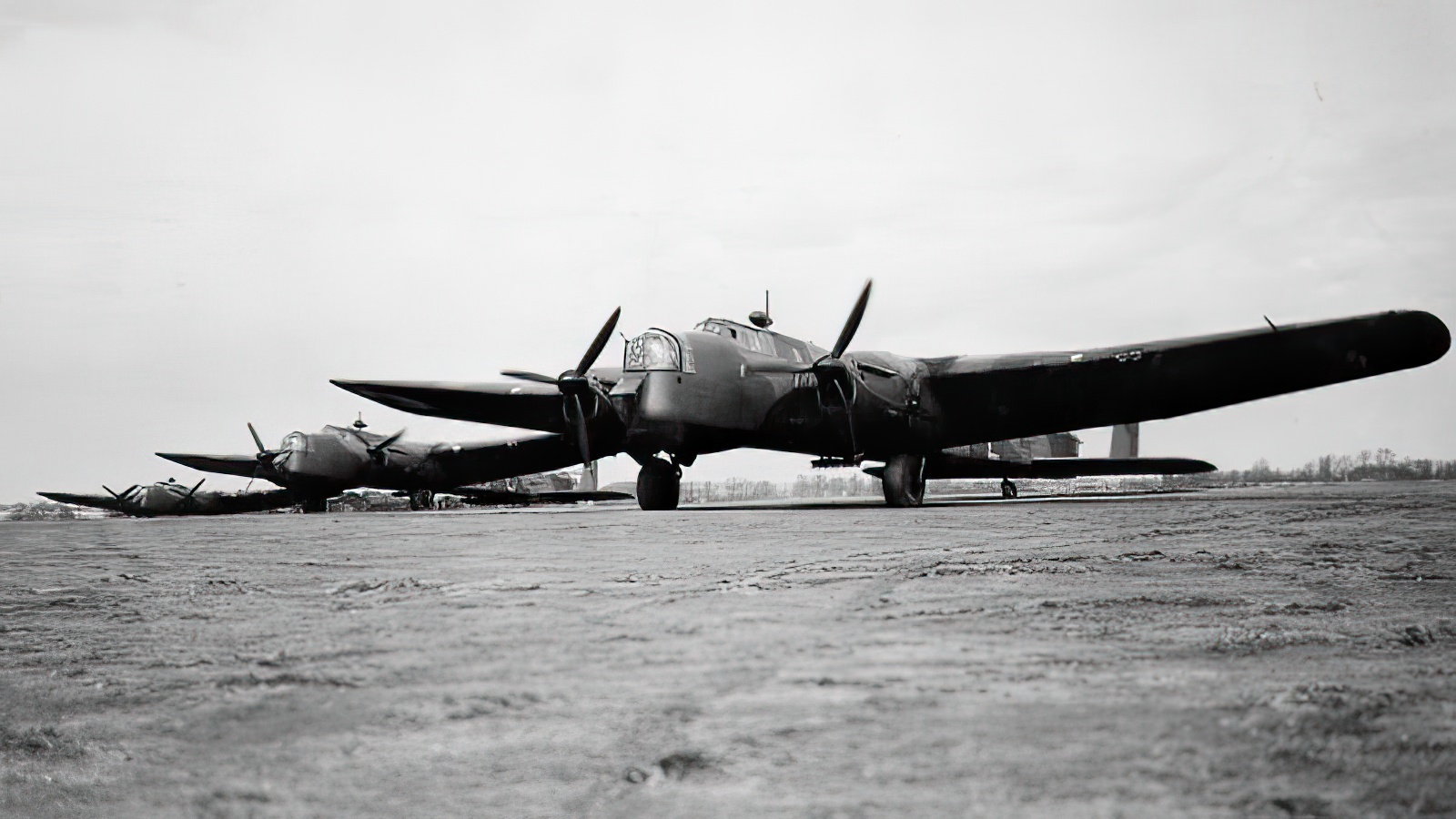
Despite its short lifespan, the Armstrong Whitworth Whitley was a significant player in the early years of World War II and paved the way for future bomber designs. Its innovative geodesic airframe and versatile capabilities were notable advancements in bomber technology, and its pilots accomplished remarkable feats in the aircraft during the war. The Whitley is a crucial part of aviation history and a testament to the skill and inventiveness of its designers and pilots.

